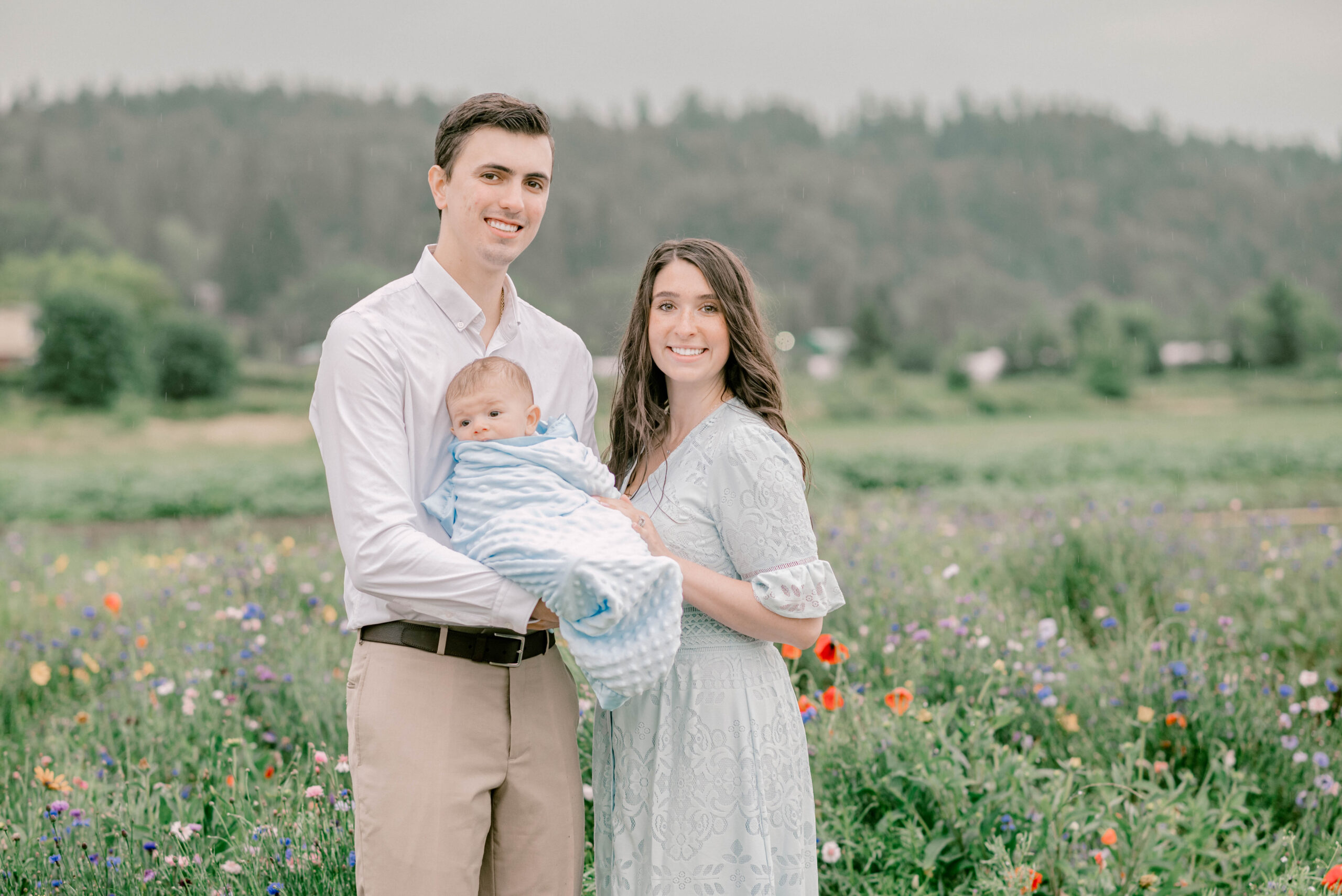Weighted blankets have become increasingly popular for adults seeking relaxation and improved sleep. This trend has trickled down to the crib, with weighted sleep sacks designed for babies. Parents know the importance of safe sleep methods and how vital it is to reduce risk for children in the early months of their lives. So while these products are marketed to soothe and comfort little ones, there are safety concerns that parents should be aware of.
The Potential Benefits of Weighted Sleep Sacks
Proponents of weighted sleep sacks claim that the gentle pressure they provide can mimic the feeling of being held, promoting feelings of security and calmness in babies. This may lead to longer stretches of sleep, a welcome benefit for many parents.
Safe Sleep Concerns Raised by Pediatricians
However, the American Academy of Pediatrics (AAP) and the Consumer Product Safety Commission (CPSC) advise against using weighted sleep sacks. Their primary concern is the risk of suffocation. Weighted sleep sacks could increase the risk of a baby’s face becoming covered by the fabric, restricting airflow. Additionally, a baby’s ability to move around and roll over could be impeded by the weight of the sack, making it difficult for them to get into a safe sleeping position.
The AAP recommends that babies always sleep on their back, on a separate, firm sleep surface, with no loose bedding or soft objects in the crib. This includes bumpers, blankets, and weighted sleep sacks.
There is no evidence to recommend swaddling as a strategy to reduce the risk of SIDS. If infants are swaddled, always place them on the back. Weighted swaddles, weighted clothing or weighted objects on or near the baby are not safe and not recommended. When an infant exhibits signs of attempting to roll (which usually occurs at 3 to 4 months but may occur earlier), swaddling is no longer appropriate, as it could increase the risk of suffocation if the swaddled infant rolls to the prone position.
American Academy of Pediatrics
What are Safe Sleep Alternatives?
If you’re looking for ways to help your baby sleep soundly, here are some safe and AAP-approved options:
- Swaddling: Swaddling can be a helpful technique for calming a fussy newborn, but it’s important to stop swaddling once your baby shows signs of rolling over.
- White noise: A white noise machine can create a calming and womb-like environment for your baby.
- A consistent sleep routine: Establishing a regular bedtime routine can signal to your baby that it’s time to wind down and go to sleep.
Considering doing a maternity or newborn photoshoot? Click here to get availability and investment information.
Reading recommendations
If you are struggling with new baby sleep struggles, I highly recommend Dr. Harvey Karp’s “The Happiest Baby on the Block.” This book introduces the 5 S’s: swaddling, shushing, swinging, sucking, and side/stomach positioning. By mimicking the calming sensations of the womb with these techniques, parents can trigger their baby’s natural calming reflex, leading to less crying and more peaceful nights (and days!). While not a magic bullet, the 5 S’s offer a science-backed approach to soothe fussy newborns and establish healthy sleep patterns during this crucial developmental period.
Weighted sleep sacks may seem like a tempting option for parents seeking better sleep for their babies. However, the potential safety risks outweigh any perceived benefits. There are safer and more effective ways to create a calming sleep environment for your little one. If you have any questions or concerns about your baby’s sleep, always talk to your pediatrician.
